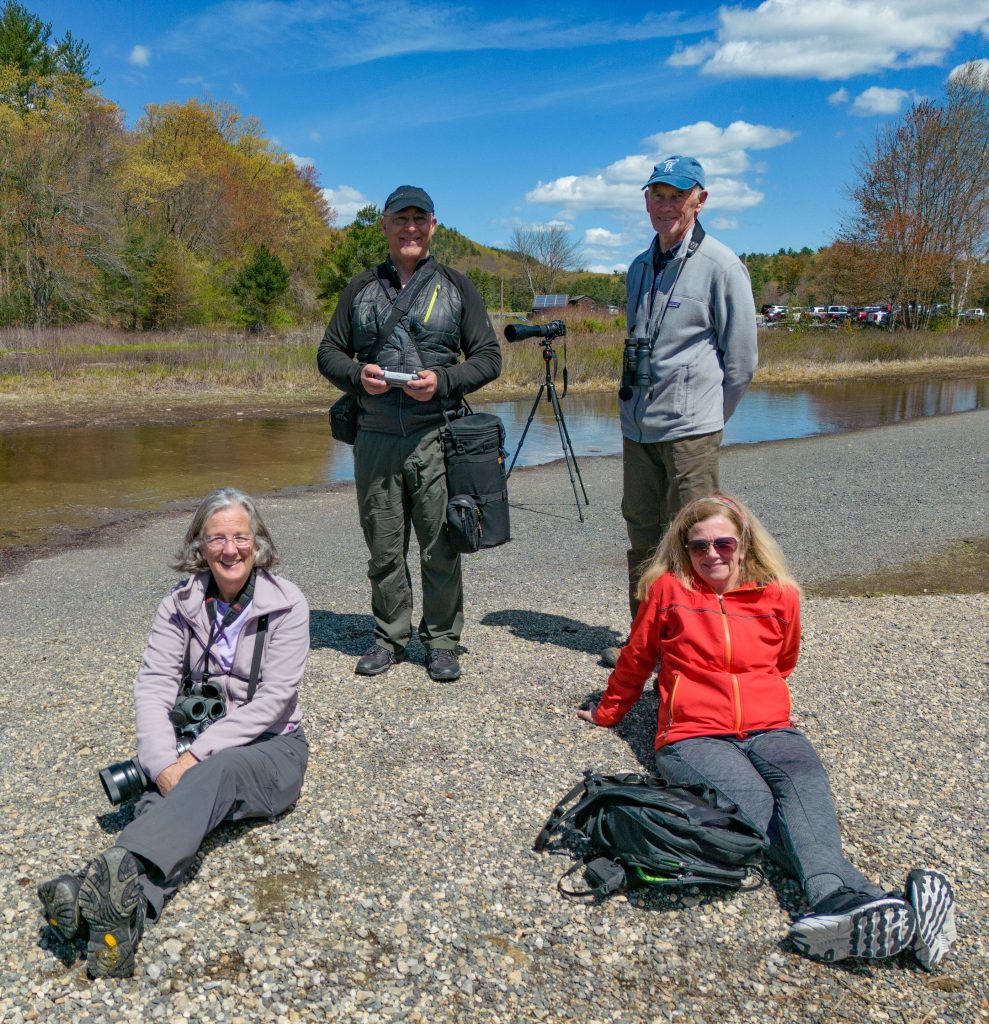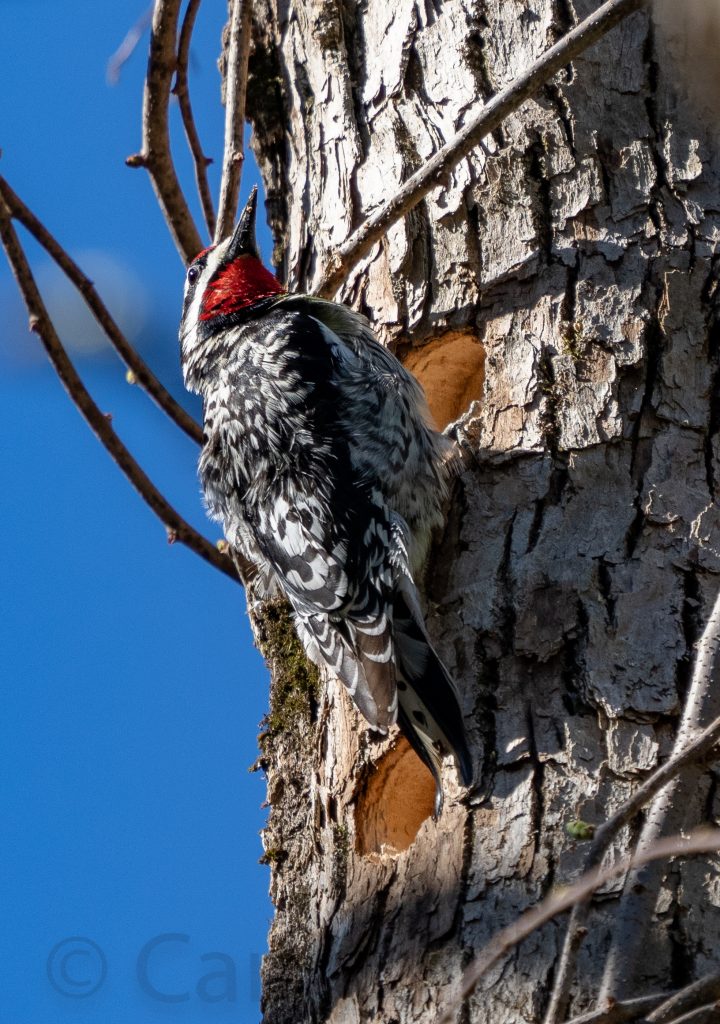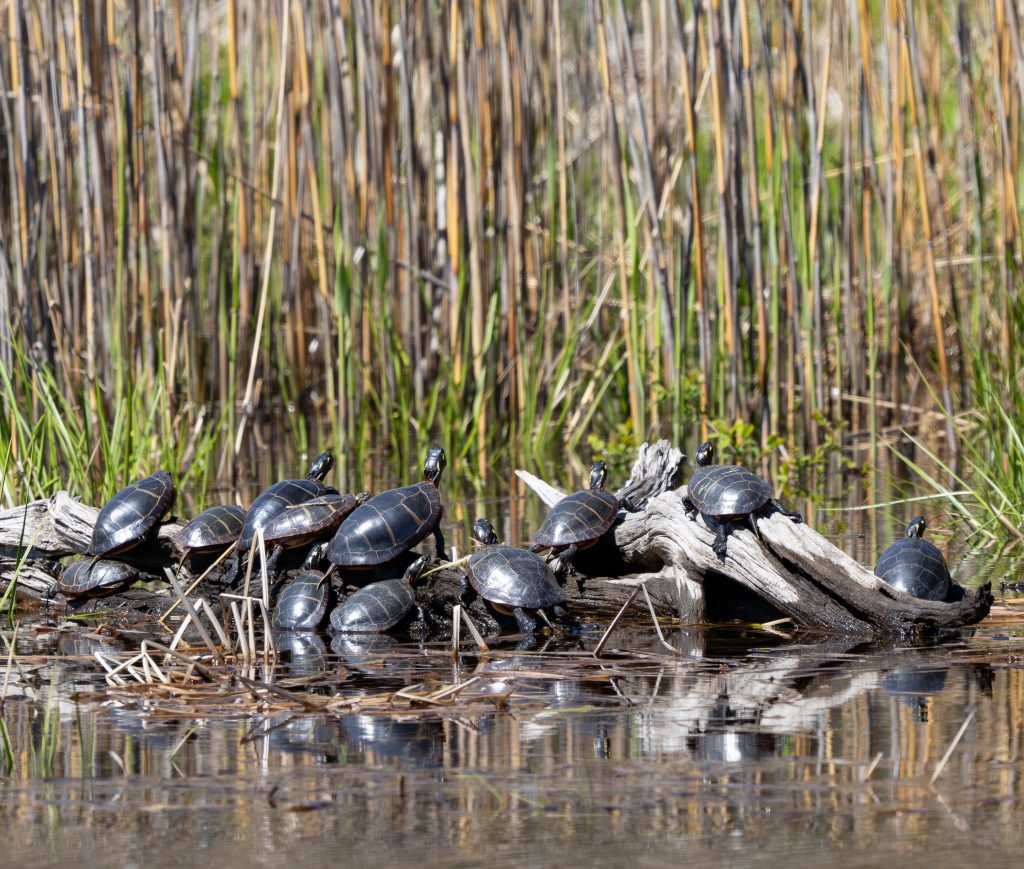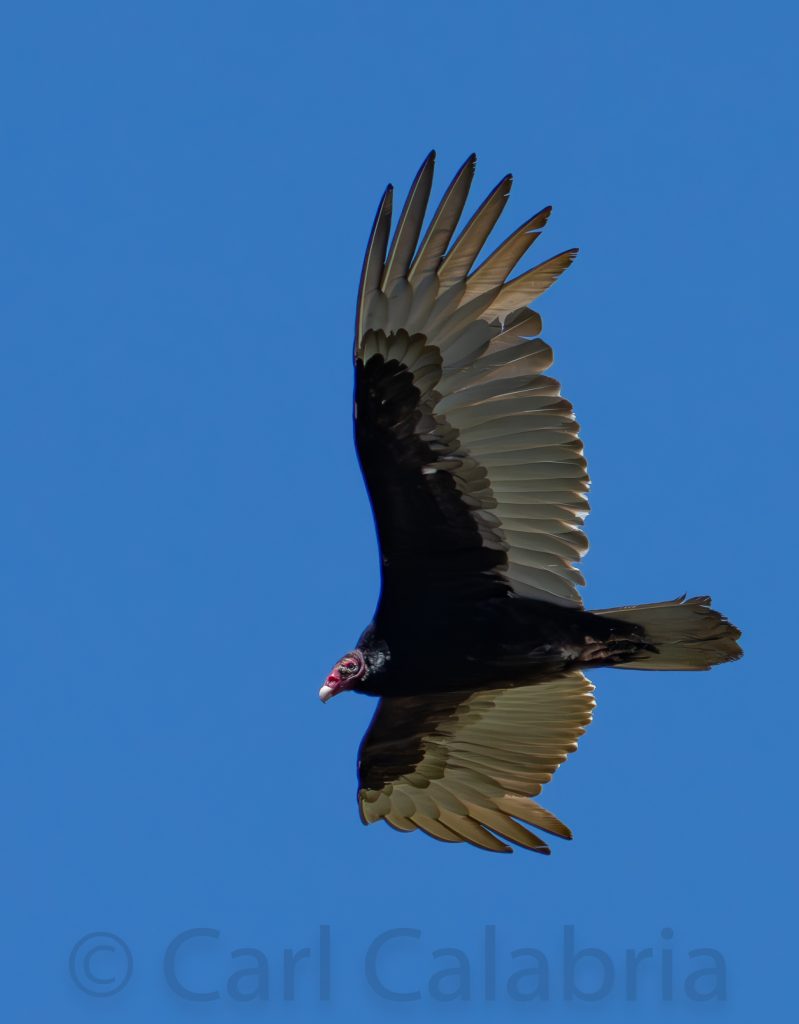
We were invited by our neighbors and good friends, Dave and Sarah for on outing to the Quabbin Reservoir today. We enjoyed a 5-mile hike to the Dana Town Common, a preserved archaeological landscape reflecting the 19th-century organization and land uses of a Swift River Valley town before the development of the Quabbin Reservoir in the 1930s. Although no buildings remain at Dana Common, extant foundations and cellar holes, granite steps, fragments of paving, stone fenceposts, walls, and a metal safe too big and heavy to relocate survive, all reflecting a world that is now gone.
Dana Common was formerly the institutional center of the once-vibrant town of Dana. The Commonwealth of Massachusetts acquired the town of Dana along with three adjacent central Massachusetts towns—Enfield, Greenwich, and Prescott—to create the Quabbin Reservoir, which, by the mid 20th century, would become the major source of drinking water for about two million people in and around Boston. Dana was among the four towns disincorporated, leveled, and flooded by the damming of the Swift River in 1939. The Dana Common area, on the East Branch of the Swift River, was above the reservoir flow line in the watershed and so was never inundated. Today the Quabbin Reservoir is the largest inland body of water in the Commonwealth, and said to be one of the world’s largest domestic water supplies. Dana Common is the best-preserved and most easily accessible of the former villages that made up the pre-Quabbin, Swift River Valley towns.

We then drove to “Fishing Area 3” where we enjoyed the glorious spring weather before heading to Harvard for lunch at the General Store. This is the first day in weeks where I have not worked on either the River House or Kyle’s house and the break was much needed.



